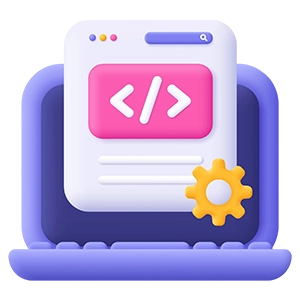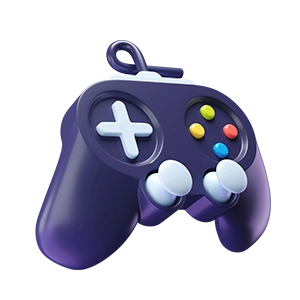Curriculum
- 10 Sections
- 40 Lessons
- 10 Weeks
Expand all sectionsCollapse all sections
- Introduction to Prototyping in UX Design4
- The Prototyping Process4
- Designing Low-Fidelity PrototypesDesigning Low-Fidelity Prototypes focuses on quickly creating simple, functional layouts to visualize user flows and test core ideas without getting distracted by visual details.4
- High-Fidelity Prototyping4
- User Testing BasicsUser Testing Basics introduces you to the fundamentals of planning and running usability tests to evaluate how real users interact with your prototypes and identify areas for improvement.4
- Conducting and Analyzing User TestsConducting and Analyzing User Tests helps you gather real user feedback, identify pain points, and extract actionable insights to improve your design through informed iteration.4
- Iteration and RefinementIteration and Refinement involves analyzing user feedback to improve your prototype, making design adjustments that enhance usability, clarity, and overall user experience.4
- Advanced Prototyping TechniquesAdvanced Prototyping Techniques teach you how to create responsive designs, complex animations, and interactive flows that closely mimic real product behavior for a polished user experience4
- Preparing for the Real-WorldPreparing for the Real-World focuses on applying your UX skills to real projects, refining your prototypes, and presenting your work professionally for portfolios, clients, or job interviews.4
- Career ReadinessCareer Readiness equips you with the tools to showcase your UX skills, build a job-ready portfolio, and confidently pursue roles or freelance opportunities in the design industry.4
Types of Prototypes: Low, Mid, and High Fidelity
Next







